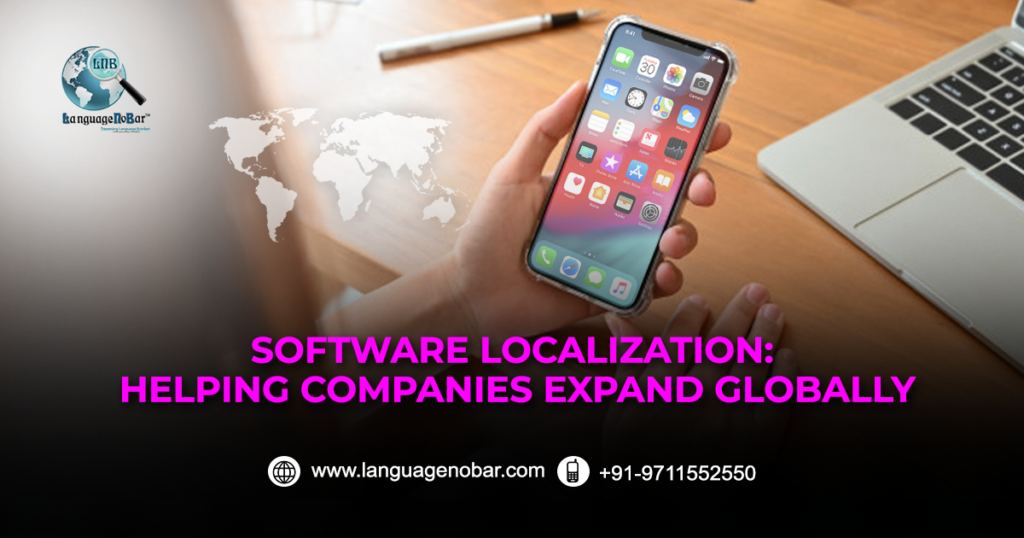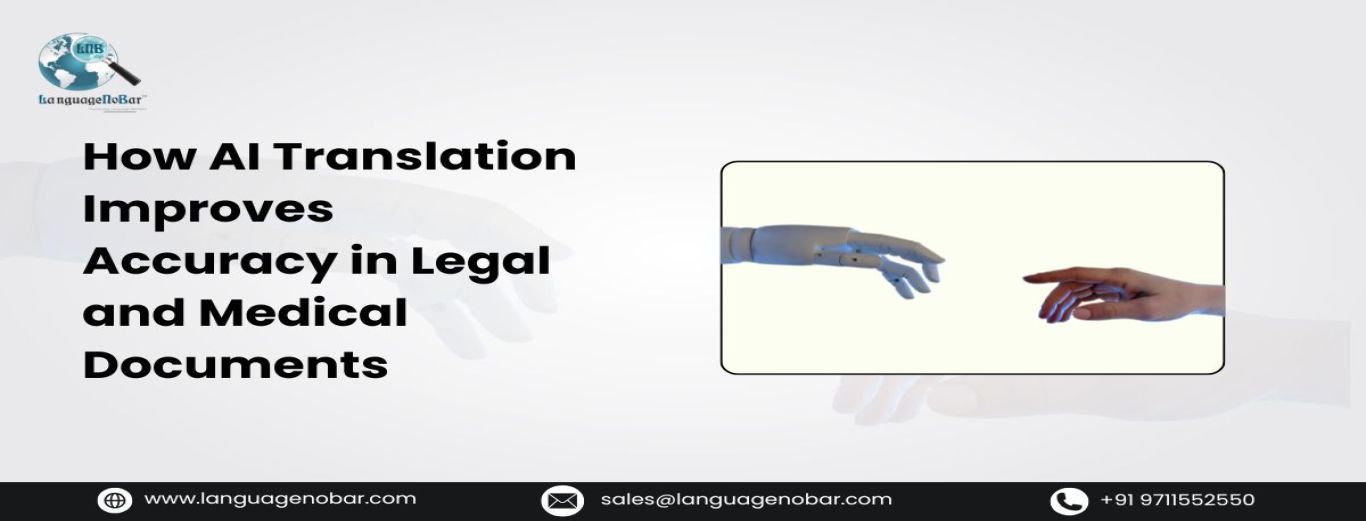A software is well understood only when it is in the user's language! LanguageNoBar can help!
- Our services
- Comments (0)
A software is undoubtedly better understood when it is written in the language of the user. This is an established fact. To achieve this, the software needs to be translated or, even better, it should be localized through a professional software localization company, to overcome the hurdles of cultural barriers and to reach a wider mass of target audience. When it is written in the user’s language, it is better adapted to the target users in terms of linguistic, cultural and technical requirements. It takes a lot of time and effort for the development teams to sync any product with the user’s choice of language. The software needs to be localized and also all related documents need adaptation to increase reach of the product and generate new business.
Localization of software involves various activities such as software engineering and testing, desktop publishing and project management. The comfort and ease of using a product depends on how well the product has been localized in terms of measuring units, number and address formatting, date and time localization, fonts, characters, including spacing and hyphenation, methods of payment, conversion of currencies and local regulations. Copyright issues and data protection also need special attention for hassle-free local usage of the software product.
Certain basic steps are followed in the process of error-free localization. First, the material or document related to the specific software is analysed and the requirement of tools and resources for converting it into the user’s language are studied. A thorough assessment is performed regarding the cultural, technical and linguistic factors. An effective localization of software will also involve an eager maintenance of a glossary of local terminologies after their creation. Quality Desktop Publishing services will ensure that the graphics, texts and symbols are paid special attention for easy comprehension by the user.
Related Blogs:
LanguageNoBar – Creating new standards in Medical translation!
Let your marketing collateral talk in customer’s language!







